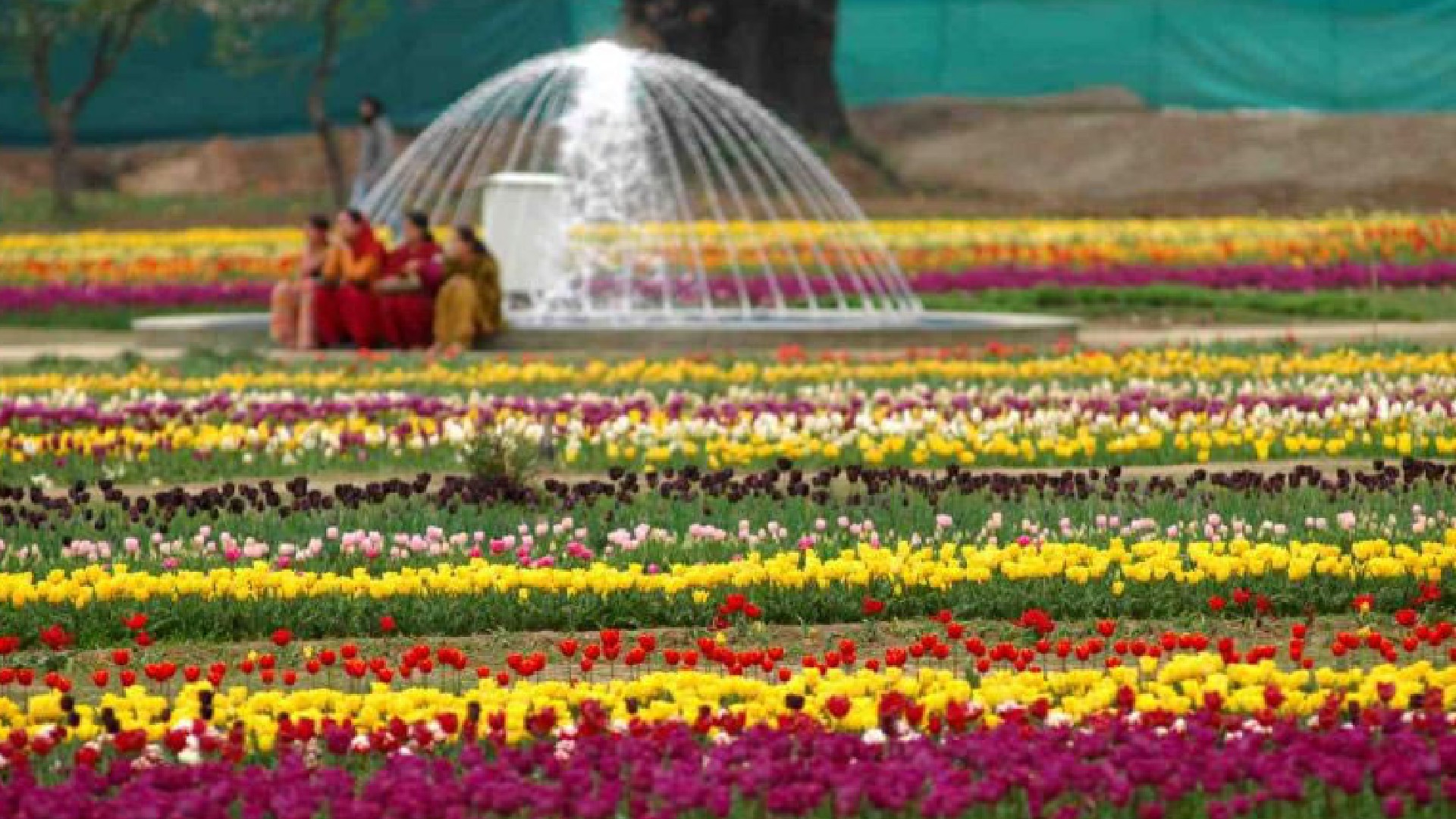Planting a shade garden sounds easy, right? It can be, but you will achieve the best results if you know which areas of your property are truly shady before you begin. Keep reading for tips on planning shade gardens.
Determining the shade density for planting a shade garden depends on several factors such as the location of the garden, the time of day, and the season. Here are some general guidelines to help you determine the shade density:
- Full shade: Full shade refers to an area that receives less than two hours of direct sunlight per day. Plants that prefer full shade typically have dark green leaves and do not tolerate direct sunlight well.
- Partial shade: Partial shade refers to an area that receives two to six hours of direct sunlight per day. Plants that prefer partial shade can tolerate some direct sunlight, but not too much.
- Dappled shade: Dappled shade refers to an area that is partially shaded by trees or other objects, creating a pattern of light and shadow on the ground. Plants that prefer dappled shade can tolerate some direct sunlight, but prefer shade for most of the day.
- Full sun: Full sun refers to an area that receives more than six hours of direct sunlight per day. Plants that prefer full sun require direct sunlight for at least six hours a day and do not tolerate shade well.
It’s important to note that shade density can vary depending on the time of day and the season. For example, an area that is full shade in the morning may receive partial shade or dappled shade in the afternoon. Similarly, an area that is full shade in the winter may receive more direct sunlight in the summer. Be sure to observe the area throughout the day and throughout the year to get an accurate idea of the shade density.
Determining Shade Density in Your Garden
With the position of sunlight shifting every minute, it can be easy to underestimate the amount of light or shade that envelops a given area. Before you plan your shade garden, be sure to note how long the space you have in mind actually is shaded.
A digital camera is a great way to record how much shade your garden will receive. Take several photos over the course of a day to determine the area and density of shade you will have in your garden. It’s a good idea to repeat this exercise every couple of months so that you know how the light changes as each season progresses.
Sometimes you can adjust the shade density in your garden by pruning tree branches or removing a fence or shed but remember it is better to reduce the shading elements slowly so you don’t end up with an area that is too sunny for your needs.
Once you have established where your garden will be located, take inventory of the soil. First, determine whether there is enough soil in place to support plants. If your garden is under a tree, the existing soil may be too crowded with roots to support a healthy garden. In this case, you will have to add soil to the area.
Other considerations include:
- How moist or dry is the soil? Moist soil is easier to work.
- Is it clay-based? Sand-based? Loamy? The make up of your soil is important for drainage and root growth.
- Is there a lot of organic material? If not, try to add humus to improve both sandy and clay-based soil. Composted bark or leaf mold works well.
- Are there any drainage issues to consider? Shade gardens are often protected from drying sunlight and wind, and while moisture is good in moderation, too much can damage your garden.
- What is the pH level of the soil? Many plants tend to favor neutral or slightly acidic soil (about 6.2-6.8 on a scale of 1 to 14).
- Will your garden have paths, a patio, or other sitting areas that may require leveling and base preparation?
Planting a Shade Garden
Good soil will improve your chances of having a successful garden, so once you clear away weeds or other unwanted growth from your garden site, you should correct any soil conditions as well as you can. Try to design the edges of your beds to fall within the shade created by whatever is casting a shadow there. Doing so will keep conditions consistent throughout the garden.
After your soil is in great condition, you can begin planning what you want to plant. Shade gardens typically have a lesser display of flowering plants than a sunny garden, but the many shades and textures of foliage plants and shrubs can create a breathtaking display. Even the simple hosta comes in a wide variety of striking colors and patterns, which are absolutely stunning when grouped. For more intense color accents, incorporate early blooming spring bulbs or shade-tolerant flowering gems such as impatiens.
You can incorporate additional color by tucking shade-tolerant container plants into your shade garden. This technique will allow you greater flexibility in choosing a location for your garden because you can have plants with different soil and moisture requirements in the same area as your in-ground plants. Consider adding containers of:
- Ageratum (Southern Cross)
- Fuchsia (Dollar Princess)
- Hakonechloa macra (Aurea)
- Viola (Imperial Antique Shades)
There’s no question shade gardens have different requirements than their more exposed, sunny neighbors. With planning and care, however, shade gardening can be just as beautiful and rewarding as any other kind of gardening endeavor.
